Google IO by the numbers: every stat mentioned at the event
These are the important numbers from Google IO
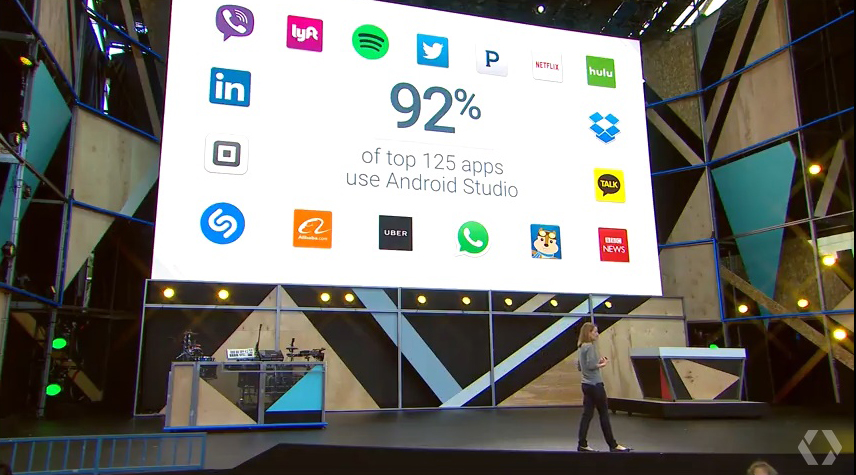
The Google IO 2016 keynote was a flurry of facts and statistics over the course of two hours, and it goes fast, so it's hard to comprehend the true size of the Alphabet company's reach.
Saying that Google is "massive" doesn't do the teams there - or their work - justice. They have their hands in everything: phones running Android N, watches equipped with Android 2.0, cars souped-up with Android Auto, and now Google Home running your household.
Looking through the Google IO keynote transcript again, here are all of the numbers that were talked about point-by-point.
9th Google IO, 1st in Mountain View
"We've been doing this for 10 years," said Google CEO Sundar Pichai. "And we felt appropriate to change the venue."
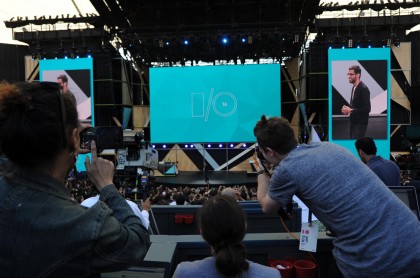
Technically, this is the 9th Google IO by my count because it started with Google IO 2008, but it's true that this is the first one located at the company's Mountain View headquarters.
The reason for the switch from the usual Moscone Center in San Francisco? It's a pivotal year for Google's, in the eyes of the new CEO. Plus the move allows for more attendees.
7,000 in-person, 23% women (not 8% anymore)
"There are over 7,000 of you joining in person today," said Pichai to the Shoreline Amphitheatre audience. It's packed here, but that's nothing. The outdoor concert venue's capacity is 22,500.
Get daily insight, inspiration and deals in your inbox
Sign up for breaking news, reviews, opinion, top tech deals, and more.
The best news I heard is that this year's Google IO attendees list is made of up 23% women, which is way better than the awful 8% from a few years ago. Progress. There are also dinners like the Women in Tech for quality networking.

Beyond the Google IO epicenter, the event was live streamed to 530 external events in over 100 countries around the world.
This "includes Dublin, which is a major tech hub in Europe, Istanbul, which is our oldest Google developer group and even Colombo, Sri Lanka, which is our largest developer group outside the US with over 2,000 people."
Where's the biggest Google IO keynote livestream happening? China, of course. There are "over 1 million people tuning live in from China," noted Pichai. A million Chinese Google fans can't be wrong.
From 300 million to 3 billion
"Stepping back, Larry and Sergey founded Google 17 years ago with the goal of helping users find the information they need. At the time, there only 300 million people online," said Pichai.
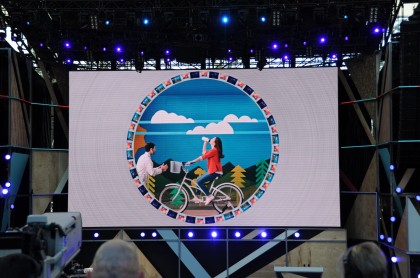
Most of them were on physical computers with slow Internet connections, while today, the rate at which processors and sensors have evolved, it is truly the "moment of mobile," he explained.
"There are over 3 billion people connected, and they're using the Internet in ways we've never seen before. They live on their phones. They use it to communicate, learn new things, gain knowledge, entertain themselves."
50% of search is on phones, 20% through voice
"All the queries you see behind me are live queries coming in from mobile. In fact, today over 50% of our queries come from mobile phones."
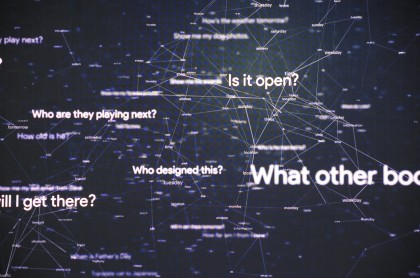
"In the US, on our mobile app on Android, one in five queries—20% of our queries—are voice queries. And the number is growing."
"We built a knowledge graph. Today, we have an understanding of 1 billion entities; people, places, and things and their relationships between them in the real world."
"We have dramatically improved the quality of our voice recognition. We recently started training our datasets with noisy backgrounds deliberately so that we can hear people more accurately. The quality has improved recently by 25%."
140 billion translated words, 100 languages
"10 years ago, we could machine translate into two languages. Today we do that for over 100 languages, and every single day we translate over 140 billion words for our users."
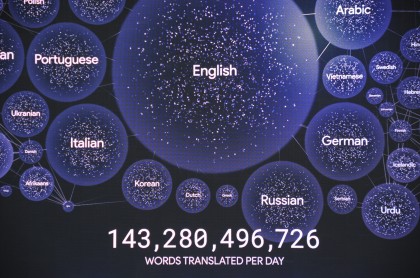
"We even do real-time visual translation. If you're a Chinese user and you run into a menu in English, all you need to do is hold up your phone and we can translate it into English for you."
25 million Chromecasts, 10 years of experience
"Today, we have sold over 25 million Chromecast devices," announced Pichai during the Google IO keynote.
The company has its foot in your front door. Now, its next step is to permanently make itself at home and stay forever with the introduction of Google Home.
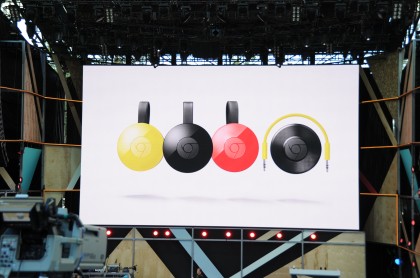
"Google Home is unmatched in the far field voice recognition since it is powered by more than 10 years of innovation in natural linkage processing," said the Chromecast team's Mario Queieroz, Vice President of Product Management.
Is that enough to rival Google Home's No. 1 rival, Amazon Echo smart speaker and its voice-controller Alexa assistant? We'll know later this year.
We do know the first 20 partners for Google Home thanks to the official logo list flashed on the Google IO keynote screen. Apps like Uber, Pandora, OpenTable and Strava will be integrated.
24 billion selfies in Google Photos
"We've seen tremendous adoption with Google Photos and just in the past year, we've seen over 200 million active monthly users," said Pichai.
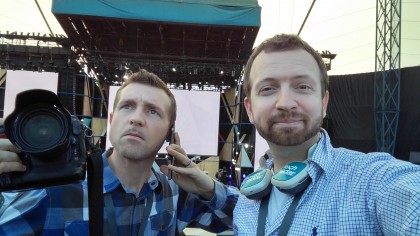
Google's computer vision systems has automatically applied over 200 million labels. This is what allows the service to search for "Pomeranian" to find the right dog picture.
"And by the way, over 24 billion of those labels are for selfies. We even have Pomeranian selfies," joked the Google CEO.
- 1
- 2
Current page: Google IO 2016: People by the numbers
Next Page Google IO 2016: Apps by the numbers